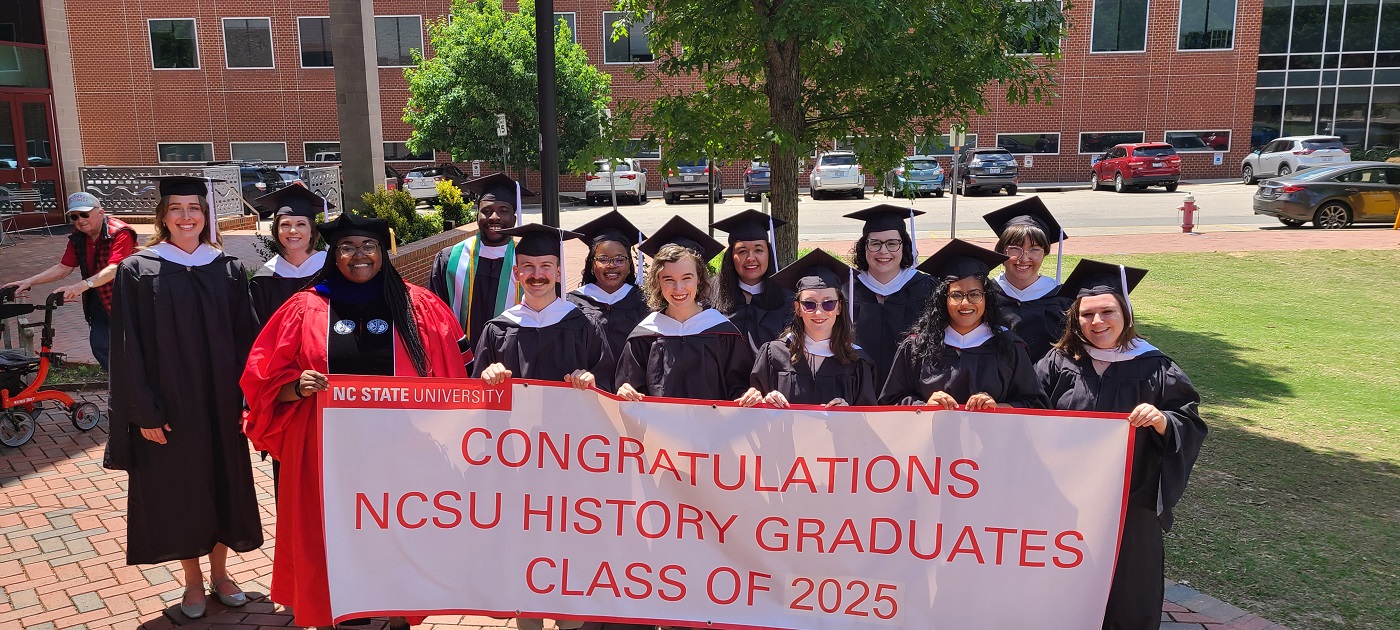How African Americas, Native Americans, and White Women Found Their Voices in Southern Appalachian Music
Howard, Jennifer Camille. “Sounds of Silence: How African Americas, Native Americans, and White Women Found Their Voices in Southern Appalachian Music.” (Under the direction of Dr. Craig Friend.)
This thesis examines the complex identity of southern Appalachian folk music. One of the most common misconceptions is that southern Appalachian folk music is the realm of white male hillbillies, blissfully ignorant of the modern world surrounding them. Yet, African Americans, Native Americans, and white women also contributed to folk music. Originally, each of their contributions faced forms of silencing. African Americans experienced silencing by scholars and folk music festivals that ignored their contributions to Appalachian music and claimed instead that black musicians had borrowed heavily from whites. The Eastern Band of Cherokee experienced heavy pressure to assimilate into white society, with particular emphasis on abandoning traditional songs and dance in favor of outside music. White women fought against prejudices that depicted female entertainers negatively. All three groups faced different forms of silencing, but each found ways to overcome silencing as well. African Americans’ influence on folk music in the southern mountains can be found through the instruments used, songs sung, and folk tales told to scholars, as well as an emergence into folk music festivals. Cherokee musicians reclaimed their voices with the help of national and local figures who organized movements towards understanding traditional culture, even as they found ways to incorporate American culture. White women first found voices through researching and collecting music within and near the southern mountains. By the 1920s they emerged as recording artists while still embracing feminine ideals. Exploring the complexities behind southern Appalachian folk music allows us to better understand regional, racial, and gendered relationships during the early twentieth century.
- Categories:


